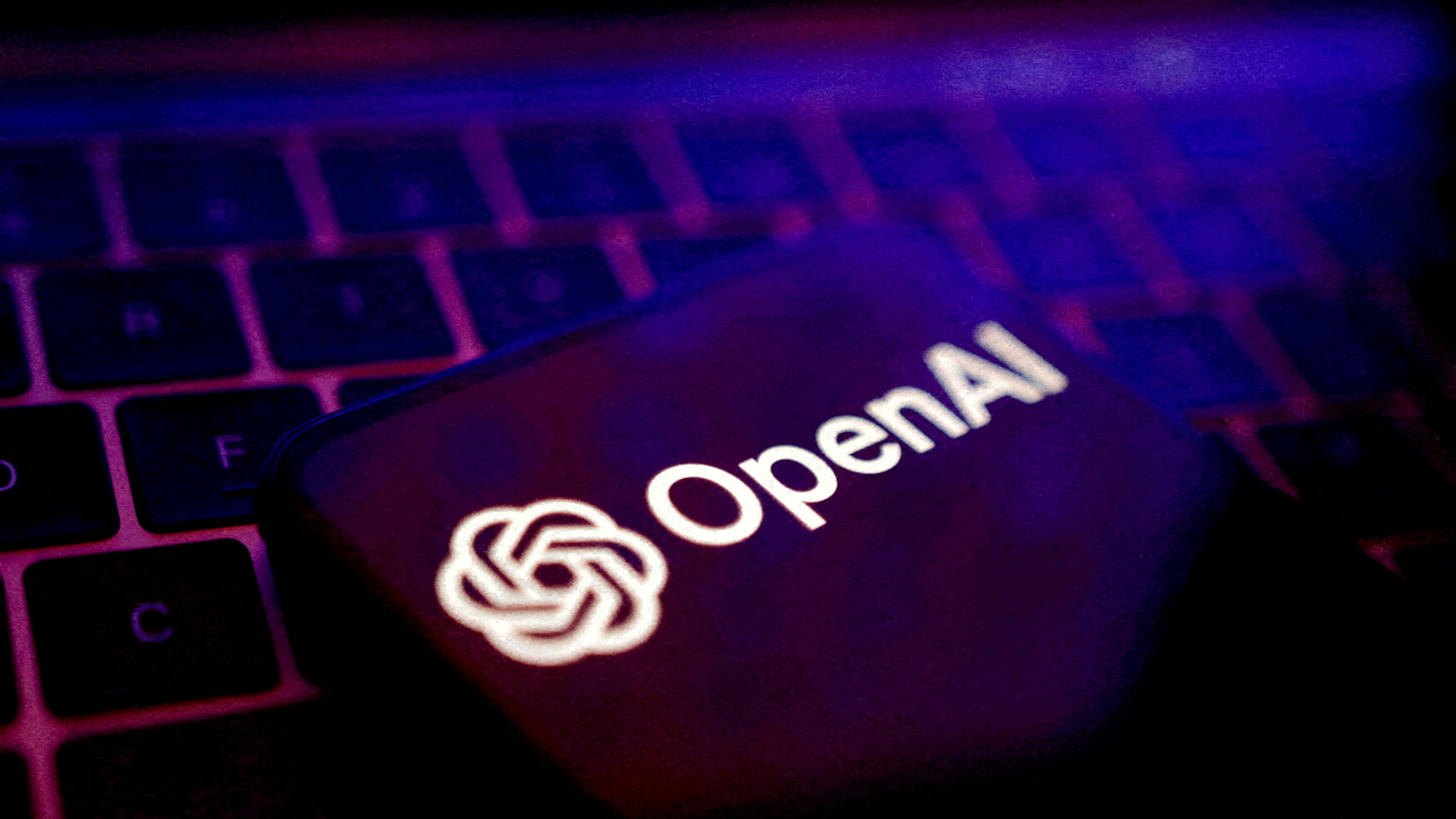Deals between OpenAI NVIDIA and AMD look increasingly circular as firms invest in each other and sign linked commercial arrangements. That can obscure revenue signals affect compute availability and raise vendor risk for businesses and investors.

The New York Times reported on October 7 2025 that a recent wave of deals involving OpenAI NVIDIA AMD and other AI players is drawing fresh scrutiny because the transactions look increasingly circular. In practice this means firms are investing in one another and signing intertwined commercial agreements that can lift valuations without creating matching durable customer revenue. For enterprise buyers startup founders and investors the pattern matters because it can affect vendor risk compute availability and the long term health of the AI supply chain.
Circular investment describes arrangements where companies take stakes in suppliers or customers or bundle equity with commercial deals. Those reciprocal arrangements can create feedback loops that make it hard to know if rising valuations reflect real customer demand recurring revenue or financial engineering and mutual support agreements.
Large technology firms announced 2025 capital expenditure plans measured in the hundreds of billions of dollars and private investment in generative AI reached record levels in 2025. That mix of intense capital deployment and abundant funding creates incentives for creative deal structures. The result is a market where headline valuations may diverge from underlying unit economics.
The reporting highlights combined 2025 capex plans in the hundreds of billions and record private investment in generative AI. For readers searching for insight on AI investment vendor risk compute availability cloud infrastructure or startup funding these facts matter because they explain why compute scarcity pricing and vendor dynamics have become strategic concerns.
Circular investments can produce tangible consequences:
To improve discoverability this article uses terms that match current search intent in 2025: AI investment generative AI vendor risk compute availability cloud infrastructure startup funding private investment and risk management in generative AI investments. Readers may also search for phrases such as assessing vendor risk in AI procurement cloud cost optimization for AI workloads or AI powered investment strategies. Addressing those queries helps IT decision makers fund managers and founders find practical answers.
Enterprises can manage these risks with targeted steps focused on vendor stability procurement and cost control:
These steps connect to common search queries such as how to assess vendor risk in AI procurement why compute availability matters for generative AI and how cloud infrastructure supports scalable AI deployments.
The circularity observed in some 2025 AI deals is not direct proof of a market bubble. However intertwined investments and commercial ties change how market signals should be read. For enterprises and investors the prudent response is more due diligence stronger contractual safeguards and a focus on vendors with demonstrable customer revenue and resilient economics.
Watch for three developments that will shape the next phase of AI investment and market stability: whether private funding sustains profitable growth whether big capex buildouts translate into lower cost and more available compute and whether regulators or market norms increase deal transparency. Businesses that prepare for those outcomes will be better positioned to capture AI productivity gains while avoiding surprises from circular financing practices.
Meta note This article is optimized for search phrases including AI investment generative AI vendor risk compute availability cloud infrastructure and startup funding to help decision makers find practical guidance on these topics.



